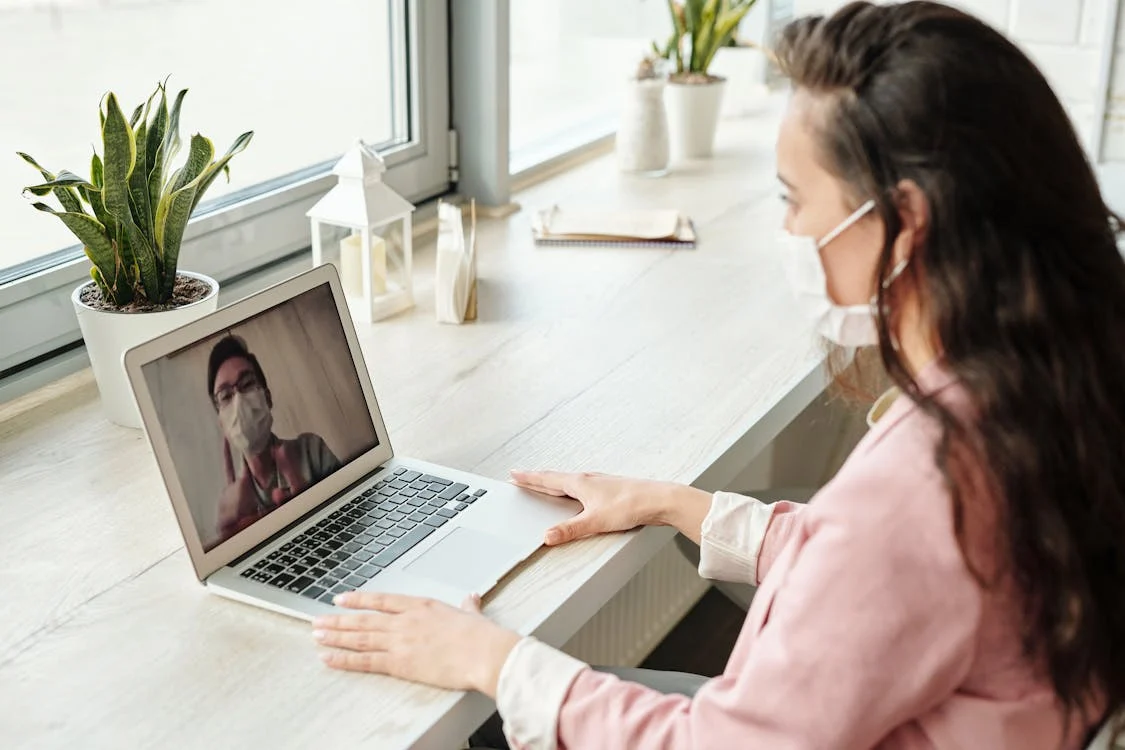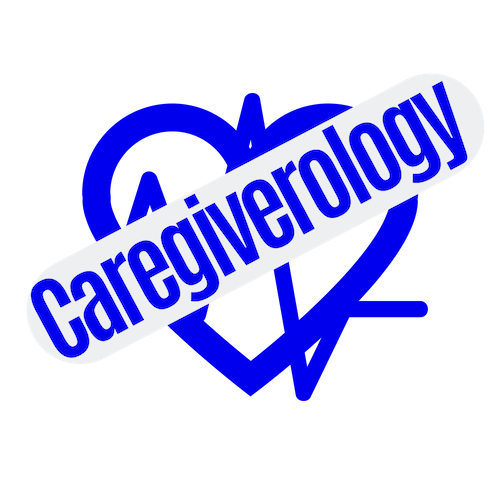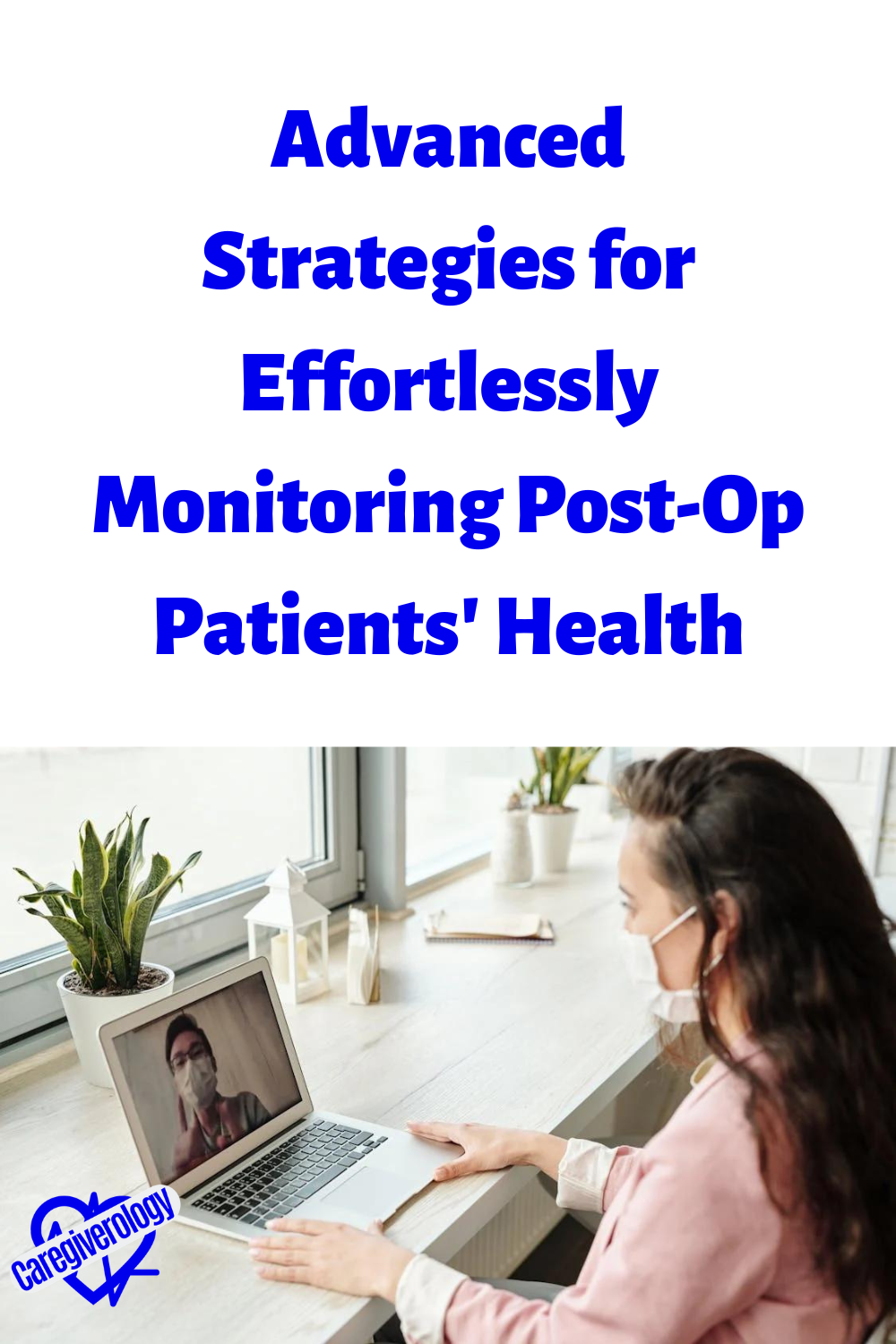Advanced Strategies for Effortlessly Monitoring Post-Op Patients' Health

Post-operative care is crucial for ensuring a patient’s successful recovery after surgery. While traditional in-person checkups remain important, modern technology has introduced advanced strategies to monitor post-op patients with greater ease and efficiency.
NIH notes that around 75% of surgical patients experience postoperative pain, with many rating it as medium to high in severity. Unfortunately, less than half report adequate pain relief, which can lead to serious complications, including chronic pain. The lack of effective pain level monitoring and intervention protocols is a key factor in this issue.
From wearable devices to remote monitoring software, healthcare providers now have various tools to track vital signs, detect complications early, and enhance patient outcomes. These strategies improve the quality of care while reducing the burden on both patients and medical staff.
In this article, we’ll explore advanced methods for monitoring post-op patients and how these innovations are transforming healthcare.
Wearable Devices for Continuous Health Monitoring
Statista states that in 2023, the global market for wearable healthcare devices reached over 25 billion U.S. dollars. By 2029, experts predict it will soar to more than 76 billion U.S. dollars. This rapid growth highlights the increasing demand for technology that helps people monitor their health.
With the ability to provide real-time data on a patient's health state, wearable technology has completely changed post-operative treatment. These gadgets, which include fitness trackers, smartwatches, and wearable medical devices, track vital signals including heart rate, oxygen saturation, and level of activity.
By regularly monitoring these indicators, medical professionals can identify any issues early and modify their treatment plans accordingly. By providing patients access to their health data, wearable technology also enables patients to actively participate in their recovery. With features like notifications and alerts, both patients and providers can respond promptly to any concerning changes.
Are smartwatches good for health tracking?
Smartwatches are ideal for health tracking since they include capabilities such as sleep tracking, heart rate tracking, and activity tracking. They give real-time data that may assist users in maintaining healthy behavior. While they are handy, they should not be used instead of competent medical advice or full health examinations.
Post-Op Care from Afar with Remote Patient Monitoring
Remote patient monitoring (RPM) software has become a game-changer in post-operative care. It allows healthcare providers to track patients' recovery progress without the need for frequent in-person visits.
TechTarget mentions that remote patient monitoring has seen a massive surge, with claims increasing by 1,294% from 2019 to 2022. Internal medicine physicians led the way, with 28.7% of their procedure claims linked to RPM. Cardiology providers followed with 21.3%, and family practice physicians came in third at 19.4%.
According to CoachCare, this software collects and analyzes health data like glucose levels and wound healing status. RPM systems often integrate with wearable devices and mobile apps, creating a seamless flow of information between patients and their care teams. With RPM, healthcare providers can offer timely interventions and reduce hospital readmissions.
Another significant advantage of RPM is the potential for reimbursement, which has made this technology more accessible to both providers and patients. In recent years, Medicare and other insurance providers have expanded coverage for remote patient monitoring services.
Under Medicare, healthcare providers can now bill for RPM services, allowing them to be compensated for monitoring a patient’s health remotely. This remote patient monitoring reimbursement model encourages its adoption, as it improves patient care while supporting the financial sustainability of healthcare practices. Additionally, the ability to bill for RPM services provides an incentive for healthcare providers to integrate this technology into their post-operative care strategies.
What is remote monitoring of patients?
RPM involves tracking a patient's health data from a distance with the help of technology. Healthcare providers monitor vital signs, symptoms, and other metrics through connected devices. This allows for timely interventions and ongoing care without the need for in-person visits.
Increasing Patient Engagement Through Apps
Mobile health (mHealth) apps are transforming post-operative care by fostering greater patient engagement and self-management. These apps provide patients with tools to track their symptoms, medication adherence, and recovery progress from their smartphones.
As per NIH, there are more than 350,000 mobile apps available for download, covering a wide range of health-related topics. These apps address areas such as chronic diseases, stress, mental health, fitness, sleep issues, medication adherence, and vital sign tracking. This vast array of options highlights the growing role of technology in managing and improving health.
Features such as reminders, educational resources, and direct communication with healthcare providers help keep patients informed and motivated throughout their recovery. By allowing patients to become active participants in their care, mHealth apps can improve adherence to post-op protocols and support better health outcomes.
Integrating these apps with other monitoring technologies further enhances the coordination of care and supports a more comprehensive approach to postoperative recovery.
What is a mobile health application?
A mobile health application is a software program designed for smartphones and tablets that helps users manage their health. These apps can track fitness, monitor vital signs, and support mental well-being. They provide convenient access to health-related information and tools, making it easier to maintain a healthy lifestyle on the go.
Advanced technologies are changing the game in post-operative care, making monitoring easier and more effective. Wearable devices, remote patient monitoring, and mobile health apps are giving healthcare providers better tools to track recovery, catch complications early, and boost outcomes.
These innovations are improving care quality while also easing the load on both patients and medical staff. As technology evolves in the 21st century, we can look forward to even more breakthroughs that will further enhance post-operative care and patient experiences.
Guest Articles Written for Caregiverology
From Advanced Strategies for Effortlessly Monitoring Post-Op Patients' Health to Home
Recent Articles
-
Common Truck Crash Injuries and Legal Remedies - Caregiverology
Jul 19, 25 10:49 AM
Known for its sun-drenched beaches, vibrant arts scene, and bustling maritime industry, Fort Lauderdale is a city that sees heavy traffic both on its roads and at its busy port. Unfortunately, with th… -
Why Expert Legal Help Matters After Serious Injury - Caregiverology
Jul 19, 25 10:35 AM
In Houston, over 67,600 car crashes occurred in 2023, resulting in 290 fatalities and 1,612 serious injuries. That’s roughly 185 accidents every day. -
How Life Care Planners Support Injury Recovery - Caregiverology
Jul 19, 25 10:18 AM
In Los Angeles, life care planners play a vital role in supporting injury recovery, especially for individuals facing catastrophic injuries such as traumatic brain injuries or spinal cord damage.





New! Comments
Have something to say about what you just read? Leave a comment in the box below.